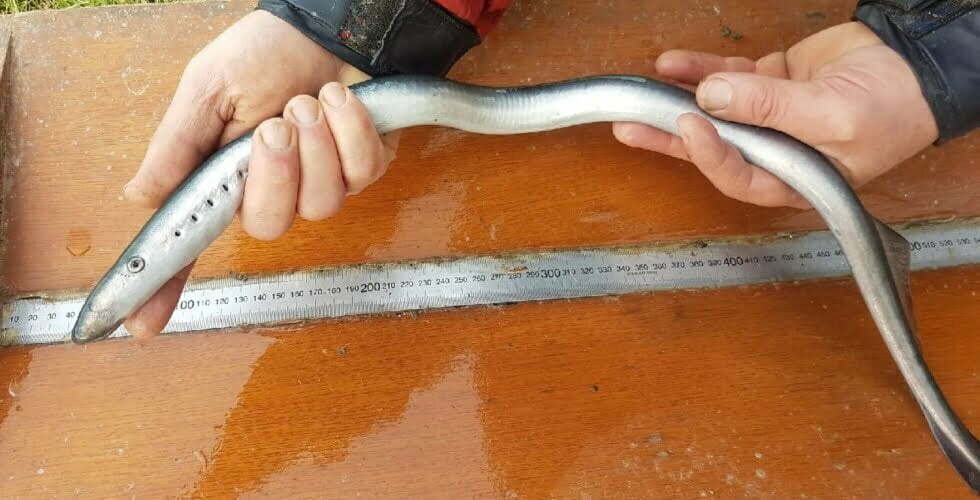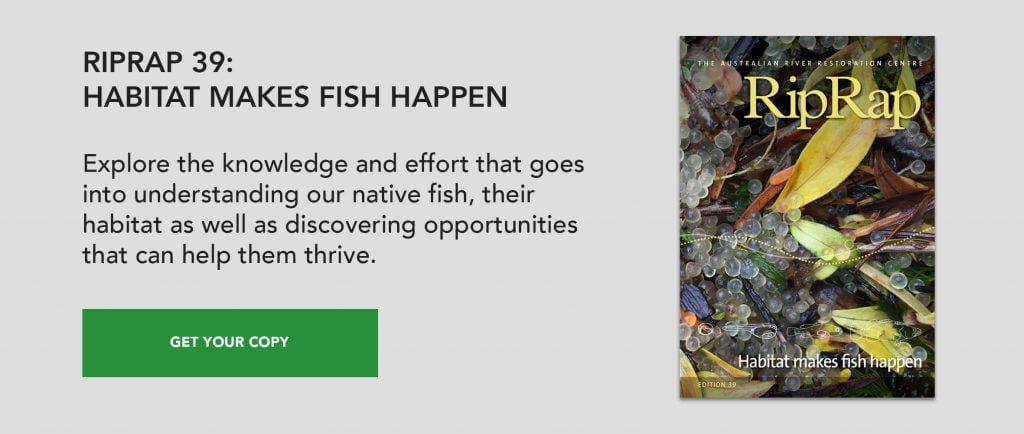The fish of the Murray-Darling Basin (MDB) exhibit a variety of life histories that require specific consideration in regard to flow restoration. Diadromous fish move between marine and freshwater environments to complete their lifecycles, and are reliant on flow and connectivity to stimulate and enable migrations. In the MDB, diadromous fish have declined as a result of barriers to movement (e.g. flow regulating structures) and altered flow regimes, but in recent years, research in the River Murray and Coorong Estuary has highlighted how environmental water can be used to support migrations and rehabilitate populations.
The diadromous fish of the Murray-Darling Basin
The diadromous fish of the MDB can be grouped by the form of ‘diadromy’ they represent and the spatial scale of their life histories. Catadromous fishes, like Congolli, live in fresh water as adults and undertake downstream migrations to spawn in marine waters, with juveniles migrating upstream. In contrast, anadromous fishes, like Pouched and Short-headed Lamprey, live in marine habitats as adults, followed by upstream migration, freshwater spawning and corresponding downstream juvenile migrations. Catadromous species are most common in the lower 200 kilometres of the Basin, while anadromous lampreys may migrate vast distances (hundreds to thousands of kilometres) upstream in the River Murray en route to spawning habitats. Both fish species migrate during specific seasons, with flow (including environmental water) and connectivity influencing migration and population dynamics.
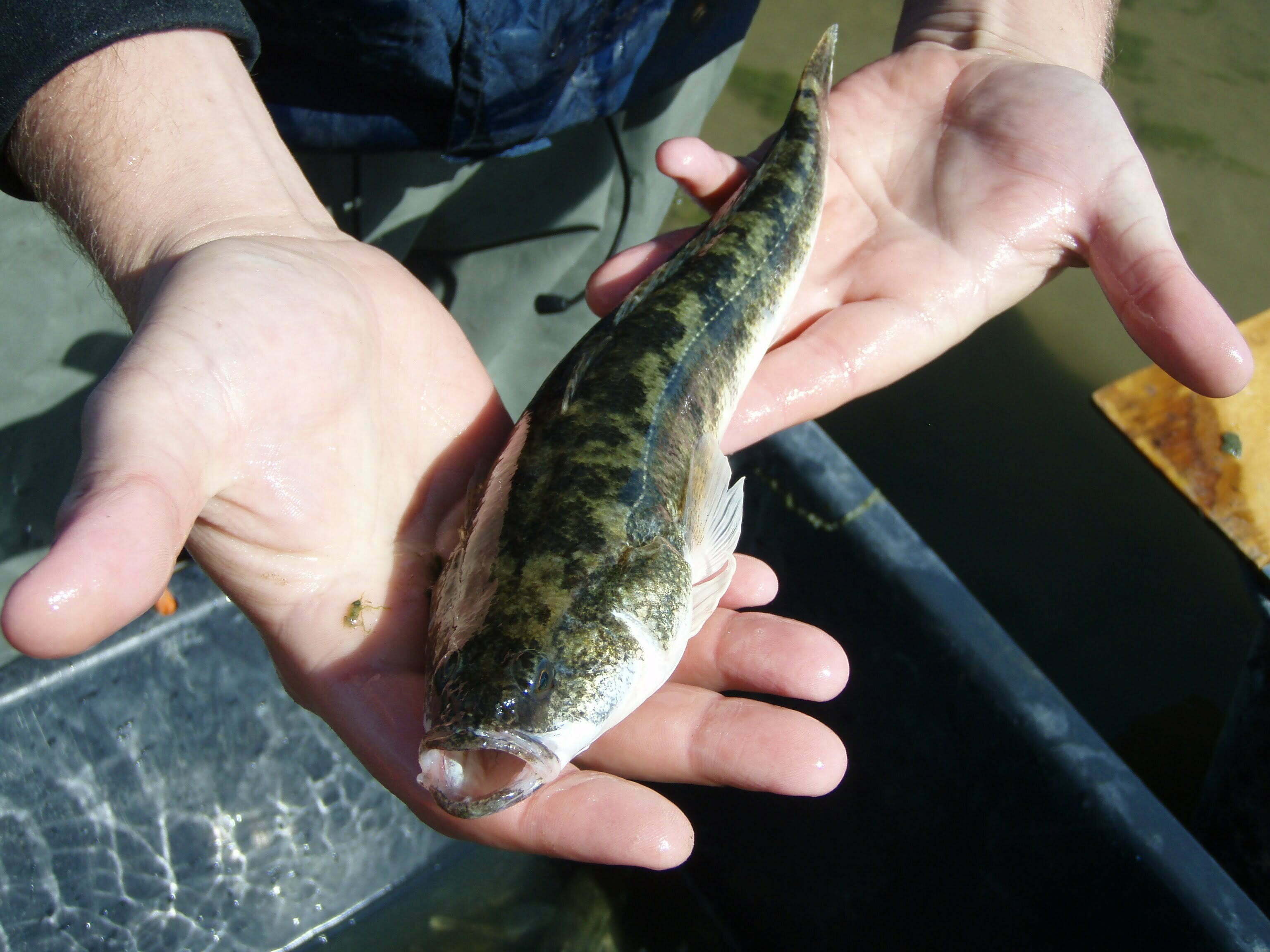
Congolli
Congolli is a medium-bodied (maximum length 350 millimetres) benthic (bottom-dwelling) species with a unique life history, including sex-based differences in size and habitat use. Mature males (length 100-150 millimetres) live in the Coorong Estuary, while the larger females (longer than 150 millimetres) are most abundant in the freshwater Lower Lakes and River Murray. Females migrate downstream in winter, and must pass through the Muray Barrages and Murray Mouth before meeting males in the Southern Ocean for spawning. Juveniles migrate upstream through spring-summer and must also pass through the Murray Barrages to reach freshwater habitats. Downstream passage is enabled hen the barrage ‘gates’ are open, while upstream migrations are now facilitated by a series of 10 fishways.
Closure of the Murray Barrages between 2007-10 during the Millennium Drought obstructed downstream spawning migrations and caused large (more than 95 per cent) declines in juvenile abundance. During 2010-17, however, freshwater discharge through the barrages in winter has maintained connectivity, allowing downstream female migrations, and corresponding increases in the numbers of juveniles migrating upstream in spring-summer. This has happened because winter discharge and year-round fishway operation have been supported by environmental water allocations.
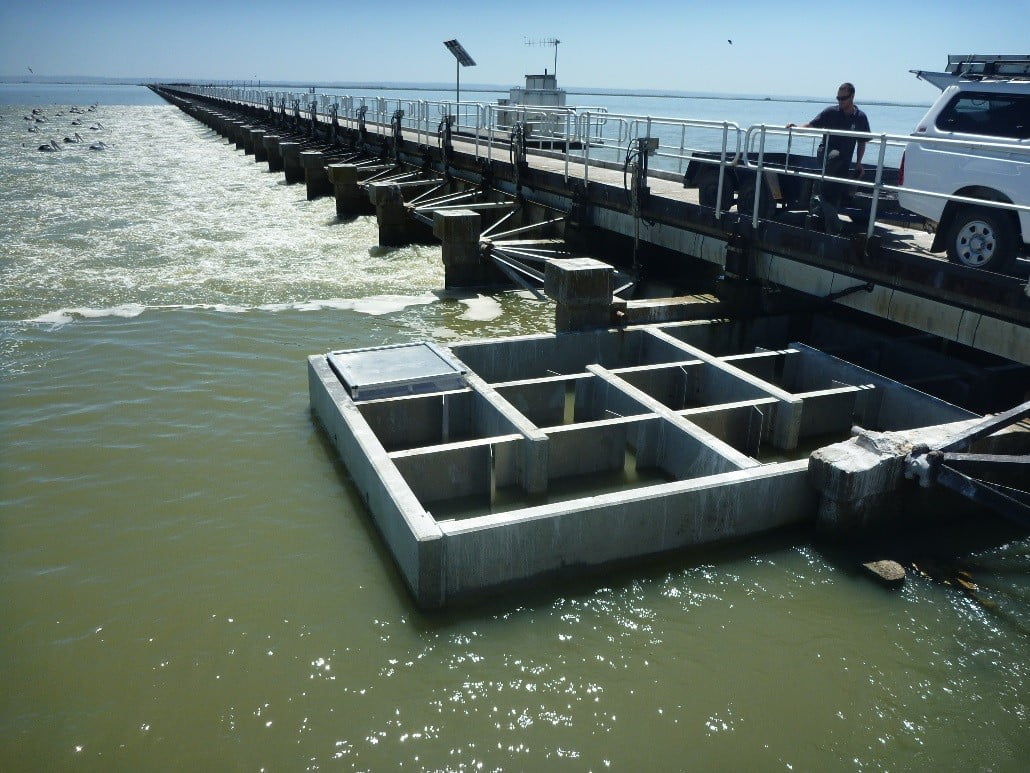
Pouched Lamprey
Pouched Lamprey (pictured in the featured image) are primitive, jawless, eel-like fish (maximum length 650 millimetres), and adults are parasitic feeders on marine fish. Upstream spawning migrations at the Murray Barrages start during winter and historical records show they moved far upstream – up to 2000 kilometres from the Murray Mouth in the River Murray, and into tributaries like the Goulburn River. Pouched Lamprey are now only found at the Murray Barrages in years of considerable freshwater flow. Lamprey have a highly developed sense of smell, and the presence of cues from the river, for example, pheromones from juveniles and low salinity water, are vital for stimulating upstream migrations.
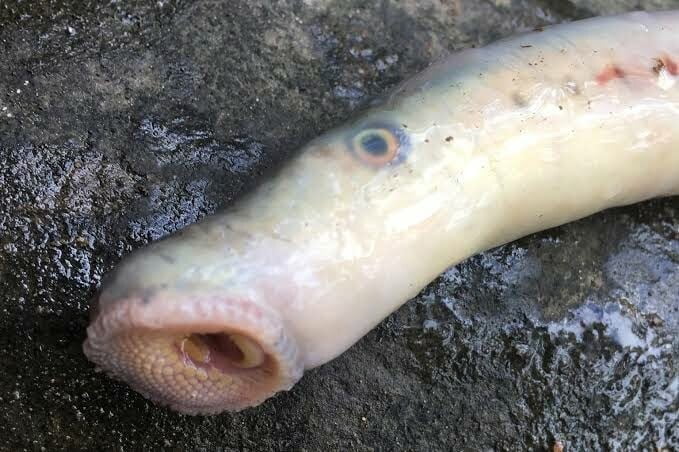
Our research suggests that the maintenance of flow from upstream juvenile rearing habitats to the ocean may be important in guiding migrations. In winter 2015, there were 55 Pouched Lamprey caught at the barrages which were implanted with passive integrated transponder tags, with 25 individuals subsequently detected using fishways on main channel weirs of the River Murray, and one individual reaching Lock 11 (Mildura, Victoria), 878 kilometres upstream. Long distance upstream migrations in 2015 coincided with environmental water from the Goulburn River that flowed uninterrupted down the River Murray and out the Murray Mouth.
Environmental flows to support diadromous fishes
The migration traits of diadromous fish are aligned with specific components of the flow regime, and in the modern MDB, environmental water is crucial to stimulating migration and providing river connectivity (e.g. via fishways), and enabling these species to complete their lifecycles. One component that is seldom considered in the highly regulated MDB is winter flow pulses, which are critical for migrations of both Congolli and lamprey.
Throughout the River Murray there is now a reversal of the natural flow regime, with reduced flows in winter and increased flows in the summer irrigation season. At the end of the River Murray, it has not been unusual for zero or very low flows to be passed through the barrages in autumn and winter. Given the management of ‘consumptive’ water over this period is typically focused on capture and storage, diadromous species are often dependent upon environmental water. Importantly, a growing focus on providing environmental water in winter for ecological objectives in upstream catchments (particularly the Goulburn) offers the opportunity for multi-site watering that will maintain the longitudinal integrity of flow (intact flow over long stretches of river to estuary), and will benefit both freshwater and diadromous fish.
Ensuring that both upstream and downstream (bi-directional) migration can occur is critical to support populations of diadromous fish. For Congolli, in addition to winter flow, this includes flow to enable the upstream spring-summer migration of juveniles. This is achieved at the Murray Barrages by ensuring water is available to operate fishways and provide ‘attraction flow’ adjacent to fishways to guide migration and maximise fishway performance.
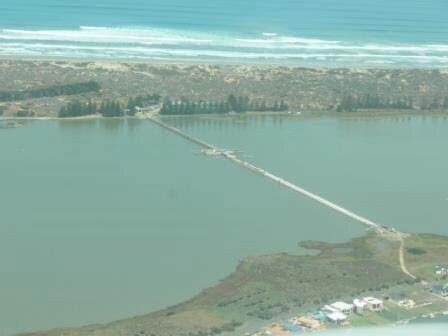
Our knowledge of bi-directional movement for lamprey in the MDB, is incomplete, particularly regarding the timing of downstream juvenile migrations, and the locations of specific spawning and rearing habitats.
Understanding the life histories and ecology of diadromous fish like Congolli and lamprey will better inform environmental water delivery that focuses on maintaining flow integrity between adult and juvenile habitats, potentially over thousands of kilometres of river and ultimately benfiting both freshwater and diadromous fish in the MDB.
You can download a pdf of the article ‘Crossing the Threshold’.
